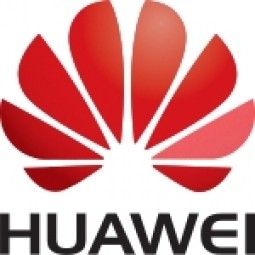Download PDF
3C Product Online Appearance Quality Inspection

Technology Category
- Analytics & Modeling - Computer Vision Software
- Analytics & Modeling - Machine Learning
Applicable Industries
- Electronics
Applicable Functions
- Discrete Manufacturing
- Quality Assurance
Use Cases
- Computer Vision
- Visual Quality Detection
Services
- System Integration
The Challenge
For a 3C product supply chain enterprise, the monthly labour cost of manual visual inspection exceeds 2 million, the proportion of quality inspection personnel accounts for 20%~40%, and there are quality problems such as missed inspections. At present, manual quality inspection is faced with the problems of quality, cost, response to special scenarios, and information integration. The details are as follows:
- Quality: The subjective factor of manual quality inspection has a great influence on the judgment result, and there will be a problem of missed inspection based on visual fatigue; Production status of a 3C product supply chain enterprise.
- Information integration: There is no effective accumulation and utilization of production data, and subsequent process reengineering and quality analysis cannot be promoted, and the adaptation to automated production processes is weak.
- Cost: The turnover of personnel is high, resulting in high training and labour costs, and it is difficult to recruit workers.
- Efficiency: Traditional machine vision uses programmed computing logic for visual inspection, which has poor anti-interference ability for such complex surface inspection, high false detection, and heavy workload for personnel re-judgment.
The Solution
The 5G+AI appearance quality inspection scheme, with the integration of AI depth visual inspection technology and 5G communication technology.
Operational Impact
Related Case Studies.

Case Study
Remote Temperature Monitoring of Perishable Goods Saves Money
RMONI was facing temperature monitoring challenges in a cold chain business. A cold chain must be established and maintained to ensure goods have been properly refrigerated during every step of the process, making temperature monitoring a critical business function. Manual registration practice can be very costly, labor intensive and prone to mistakes.

Case Study
Cloud Solution for Energy Management Platform-Schneider Electric
Schneider Electric required a cloud solution for its energy management platform to manage high computational operations, which were essential for catering to client requirements. As the business involves storage and analysis of huge amounts of data, the company also needed a convenient and scalable storage solution to facilitate operations efficiently.

Case Study
Leveraging the IoT to Gain a Competitive Edge in International Competition
Many large manufacturers in and outside Japan are competing for larger market share in the same space, expecting a growing demand for projectors in the areas of entertainment, which requires glamor and strong visual performance as well as digital signage that can attract people’s attention. “It is becoming more and more difficult to differentiate ourselves with stand-alone hardware products,” says Kazuyuki Kitagawa, Director of Service & Support at Panasonic AVC Networks. “In order for Panasonic to grow market share and overall business, it is essential for us to develop solutions that deliver significant added value.” Panasonic believes projection failure and quality deterioration should never happen. This is what and has driven them to make their projectors IoT-enabled. More specifically, Panasonic has developed a system that collects data from projectors, visualizes detailed operational statuses, and predicts issues and address them before failure occurs. Their projectors are embedded with a variety of sensors that measure power supply, voltage, video input/ output signals, intake/exhaust air temperatures, cooling fan operations, and light bulb operating time. These sensors have been used to make the projector more intelligent, automatically suspending operation when the temperature rises excessively, and automatically switching light bulbs. Although this was a great first step, Panasonic projectors were still not equipped with any capability to send the data over a network.








